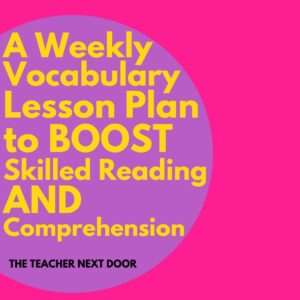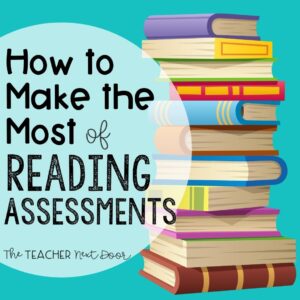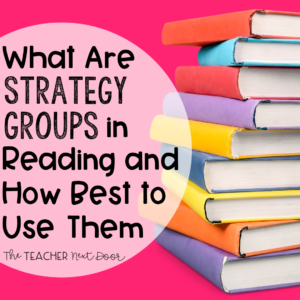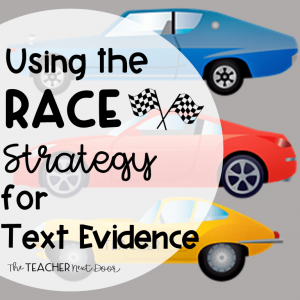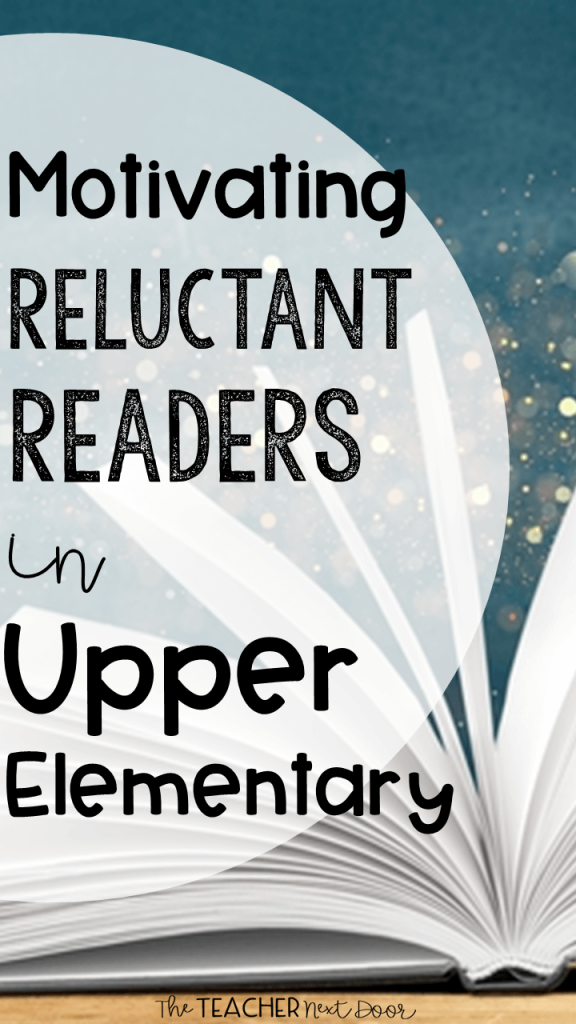
One of the most important things about teaching reluctant readers in upper elementary is getting them to actually enjoy reading. While students need help building language, decoding skills, and comprehension, the more we can motivate those struggling readers to engage with books and to spend time reading, the better our chances are of helping them to be successful readers.
Here are my top 12 favorite ways to motivate reluctant readers:
1. Allow Students to Read for Fun
There’s definitely a time for direct instruction and focusing on the reading skills and strategies that readers need.
There should also be a time EVERY DAY that students are able to read with no strings attached! No reading logs, no graphic organizers, and no “activity” for them to complete. The freedom to simply read for fun can’t be overstated.
Allowing kids to read for FUN and providing that TIME to read is a HUGE way to help change reluctant readers into bookworms.
2. Let Students Self-Select Books
When students self-select books, it’s very motivating for them and they have greater buy-in than when they’re assigned a book to read.
Allowing kids to choose their own books, regardless of their instructional level, but based on their own interests is a powerful thing.
I’ve seen many kids tackle books which on paper looked above their abilities, but they successfully read them because they were so interested in the books.
3. Create a Quality Classroom Library
To me, the classroom library is a super important part of the reading program. Since I believe that students should be reading books on their own EVERY. SINGLE. DAY. it takes a well-stocked library to be successful.
Upper grade classroom libraries really need to include a variety of genres and books with different text complexities, including high interest but low readability books for those struggling readers who need them.
We all know that books can be expensive, so I’ve put together a list of ideas to help you build a classroom library on a budget. Click here to read Building Your Upper Elementary Classroom Library.
4. Encourage Students to Fall in Love with an Author or a Book Series
One of my favorite ways to get reluctant readers excited about books is to help them find specific authors or a book series they enjoy.
Once kids find either an author or book series and get hooked, they’re motivated to read the next book, and the next book, and so on. Good readers do this all the time and it’s such a simple but great strategy for struggling or reluctant readers too.
If you’d like to read some of my favorite high interest but low readability books, click here.
5. Help Students Find Books
I really prefer for students to find their own books, but I’ve had kids who look at the baskets or shelves of books and their eyes glaze over. They just have no idea where to even start to look. This is where knowing your students as people and as readers comes in.
If you know what your students like (certain genres, sports, hobbies…) you’re better able to guide them towards books that might work for them. Of course this is a trial and error process, but I get so excited when I actually find a book that’s just right for a particular student.
6. Make Some Cozy Reading Spaces
I know we all wish we had more space in the classroom, but intentionally creating a few cozy reading spots makes reading time even more inviting.
Whether you are able to add a few plastic Adirondack chairs (I found two on my neighbor’s curb!!! Score!), a futon, or a few comfy pillows (if your school allows it), these things really help create a space that’s ideal for reading time.
7. Do Book Talks
Book Talks are times to share about books and to get kids excited about reading them. I like to do these as soon as a Book Order comes in, and our classroom library has some new books.
It’s also great to do once or week or so (like Friday???) and to use some books from your classroom library that may not have been read as often as you’d like or think they should. Perfect for books I call book underdogs!
Another great reading activity is to have students do book talks to share books they’ve been reading too. With a little modeling and discussion of book talk do’s and don’ts, your upper grade students will be ready to discuss books they’ve enjoyed too!
8. Keep Up the Read Alouds
In fact, reading to my students has always been my favorite part of the day. Not only is it something that the whole class enjoys, it’s a great way for kids to learn new vocabulary, to hear a fluent reader read, and to practice comprehension skills like visualizing and making inferences. Best of all, it’s motivating for students as readers!
The good news is that kids never age out of read alouds! Upper elementary students love to hear stories being read to them!
9. Make Use of Audiobooks
We usually think of using audiobooks in primary grades. When I taught second grade, I always had a listening center as part of the weekly reading center rotations.
Audiobooks though are great tools for upper elementary kids too. You can still use them in the classroom and encourage kids (and parents) to use them at home.
I love it when I have copies of the books, so students can read along, but kids can also use audiobooks with or without a copy of the book. They’re still able to get the benefits of a read aloud story.
You can google lots of titles for upper grades, but some of my favorites are The Percy Jackson Series by Rick Riordan (read by multiple narrators) and A Series of Unfortunate Events by Lemony Snicket (read by Tim Curry).
10. Use Reader’s Theaters
I love using reader’s theaters in the classroom because it allows kids to use repeated readings as an authentic reading strategy…Hey, we have to read this again to get ready to perform it!
Whether you perform it for a buddy class, for parents, for the whole school, or just as a classroom activity, reader’s theaters give kids a reason to read, when they need one. To read more about the Benefits of Reader’s Theater, click here.
There are lots of really good reader’s theater scripts online. I wrote several Reader’s Theater scripts myself for the whole class, that go along with upper grade science standards since I wanted to incorporate science with reading time.
11. Gamify Reading Skills Practice
For reading intervention, rather than drill and kill, incorporate a variety of fun games to practice specific reading skills in small portions (task card size), with a game board and an attitude of fun!
I actually love to use reading games for ALL of my readers, but I know they’re especially helpful to kids who are intimidated by larger texts. Click here if you need some ready to use reading games that focus on standards.
12. Make Reading Social
Kids love to talk…we know that, so why not channel their love of communication for good? Sharing about books can be done a number of ways. The idea is to make the sharing process fun…
And like anything else, kids will need direct instruction on HOW exactly to share, and whatever way you’d like them to share. Without the clear expectations and modeling, the sharing might not be as successful otherwise.
Here are some ways to make reading social:
1. Create an ongoing bulletin board with a space for each child to show which book he/she is currently reading. Take time once in a while to chat about these.
2. Have a Book Gallery where kids leave the book on their desk along with something they’ve created…(A picture of their favorite part…, Three reasons why you should read this book…, A graphic organizer with snapshots of the book…etc). Kids walk around the room looking at the Book Gallery and chatting about the books with classmates.
3. Have small group book chats. You can group the kids randomly or intentionally.
4. Do occasional Turn and Talks to discuss the books they’re reading.
5. Do a Musical Walk, Walk, Share…Kids walk around the classroom while holding their book as the music plays. When the music stops, they turn to a person near them and share one or two things about the book and why they liked it or how they feel about it so far.
If your goal is to hook reluctant readers and to change their minds about reading, the more you can make it an enticing, motivating activity, the more you’ll get readers who will actually engage with the text, rather than avoiding it.
If you’d like more ideas about motivating readers, you might like to read another post I wrote.
Click here to read 10 Ways to Inspire a Love of Reading.
Thanks so much for stopping by!


